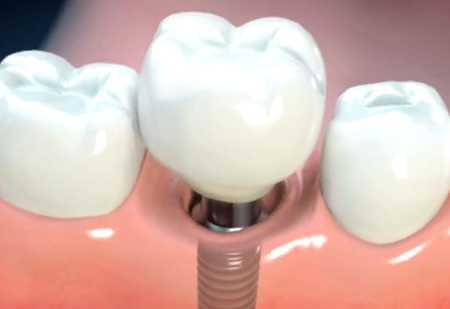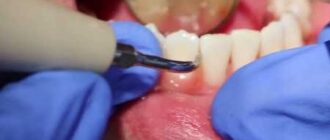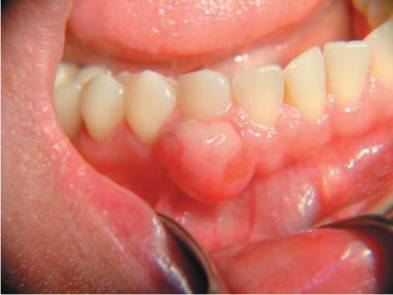Dental implants occupy an important place in the treatment of patients who, for one reason or another, have lost their teeth. In this article we will talk about implants in the bone of the lower jaw.
Dental implantation is already practiced in dentistry very widely; and its principle seems quite simple: a rod designed to replace the lost tooth root is implanted into the bone tissue, and then the prosthesis is fixed on the resulting support (when the prosthetic part of all works is realized, the full restoration of the tooth (with artificial materials)) takes place.
Jaw Tooth Implantation Guide
Despite the fact that the principle seems quite simple, the operation itself is complicated and has many nuances (each specific operation is complicated in its own way and can have its own nuances). Therefore, there are differences between the interventions performed on the lower jaw and the upper jaw.
General points that the doctor considers during dental implantation on the lower jaw:
- Volume and height of the alveolar part;
- Condition, bone density;
- Peculiarities of anatomical formations.
Thus, the stage of diagnostic examination is very important: the doctor must have a complete and detailed picture. “Standard” diagnostic procedures are obtaining a “panoramic” X-ray (orthopantomogram) and undergoing computed tomography (CT).
The chain of clinics “Zdorovaya Ulybka” practises computer modeling (beforehand, the entire jaw is scanned). This method allows for maximum accuracy in drawing up a plan of action based on diagnostic data.
Bone Quantity and Quality
As you know, the lower jaw is the only movable part of the skull: its movements are functionally connected with speech and food intake. Through the pressure exerted by the lower jaw, a person bites and chews food. The bone tissue of the lower jaw is denser than that of the upper jaw.
If the tooth was lost a long time ago, this means that the bone loss in the area of the defect is already quite pronounced. Accordingly, the single-step implant principle will not be indicated (the practice of two-step (classic) implantation on the lower jaw is very common). This means that surgery to implant the artificial “root” of the tooth will be preceded by another surgical procedure aimed at recreating the desired level/volume of bone tissue (osteoplasty). Alloplastic (synthetic or artificial) materials can be used for this purpose; however, the well-proven method of autologous transplantation, when bone fragments obtained from the patient himself are introduced into the surgical area, is widely used. We will talk about implantation in cases of complete edentulism below.
Peculiarities of Anatomical Formations
This is mainly the trigeminal nerve that runs through the lower jaw. The doctor must keep this in mind when planning and executing the surgery – so the nerve is not damaged.
Cost
The cost of dental implants includes both preparatory procedures, the use of materials, the location of the tooth, and the complexity of the implantologist’s work. Although your dental surgeon will tell you the exact cost after a full diagnosis, you can go as low as $1,600 to $4,200. The vast majority of lower jaw dental implant surgeries are within this range.
Adentia and Complex Implantation
When a person is missing all or most of the teeth on their jaw, it is always associated with a whole set of problems and complications, among which is the deterioration of the bone (because tooth loss was most likely a long-term process).
To solve all the problems associated with such a situation, the doctor comes to the aid of a computerized methodology, which was mentioned above. Working with the 3D model, the doctor can assess the bone structure, study the features of the jaw structure, determine the required number of implants for the future fixation of the prosthesis and accurately position them in the jaw (place and angle of insertion). Thanks to the clear model and high precision, the risk of damaging the mandibular part of the trigeminal nerve is minimized.






